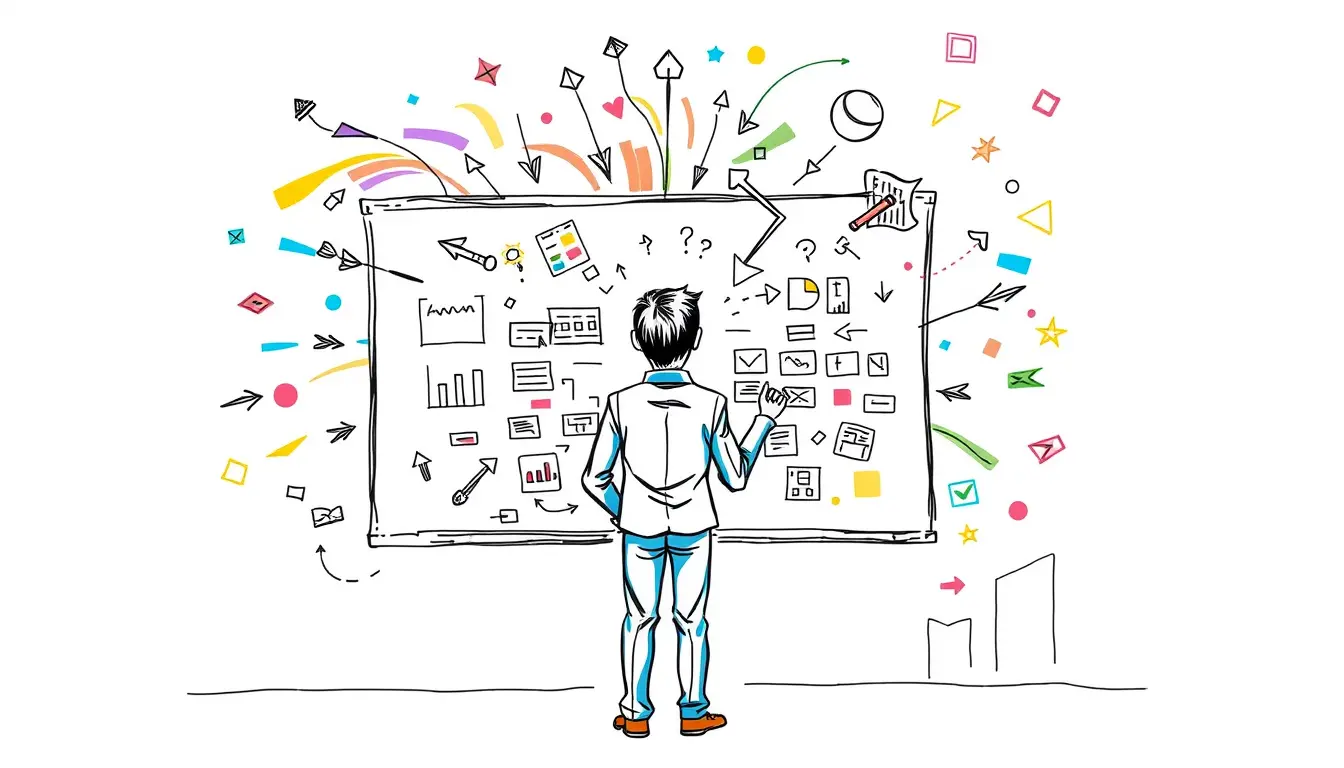Business Efficiency

Best Practices for Transition Planning in Business Analysis
“Transform your business smoothly with these proven best practices for transition planning in business analysis. Streamline processes and enhance success!”

Revolutionizing Business: The Power of Process Automation
Discover how business process automation can boost efficiency, reduce costs, and drive growth. Learn how to streamline operations and achieve success in our latest blog…

How to Model As-Is and To-Be Processes
“Master the art of process modeling with our step-by-step guide on creating As-Is and To-Be process maps. Streamline your business and drive success! #processmodeling #efficiencyboost”

Simplify Your BRD with Our Easy-to-Use Business Requirement Document Template
“Streamline your project planning process with our user-friendly BRD template. Create a clear and comprehensive document in no time. Say goodbye to confusion and hello…

Using the 7 Habits Framework to Foster Collaboration in Analysis Sessions
“Unleash the power of collaboration with the 7 Habits Framework! Learn how to integrate this proven method into your analysis sessions for ultimate success.”

Mastering Jira and Confluence for Agile Business Analysis: A Comprehensive Guide
“Master the art of agile business analysis with Jira and Confluence. Streamline collaboration, boost productivity, and achieve project success – all with our expert tips…

How Business Analysis Enables Successful ERP Implementations
“Discover the essential role of business analysis in ensuring a seamless and successful ERP implementation. Elevate your business with our expert insights.”

Understanding Data Analysis and Agile Methodologies
Learn how data analysis and agile methodologies work hand in hand to streamline processes and drive business success. Gain insights on how to effectively implement…
Search
Latest Posts
Latest Comments
Categories
Archives
- December 2025 (6)
- November 2025 (30)
- October 2025 (31)
- September 2025 (30)
- August 2025 (31)
- July 2025 (32)
- June 2025 (30)
- May 2025 (31)
- April 2025 (30)
- March 2025 (31)
- February 2025 (28)
- January 2025 (31)
- December 2024 (31)
- November 2024 (30)
- October 2024 (31)
- September 2024 (171)
- August 2024 (17)





















